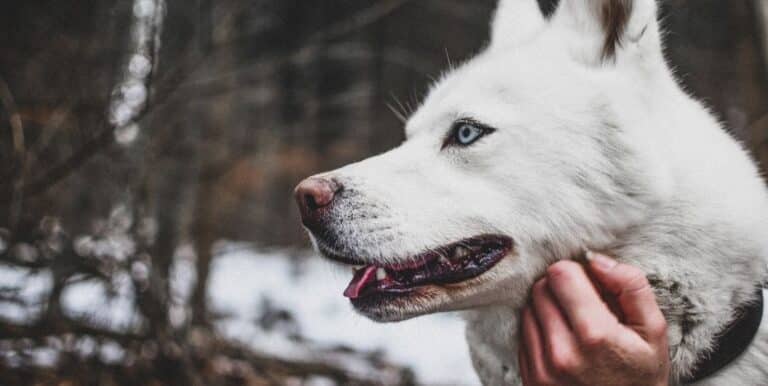What are the Signs of Joint Pain in Dogs?

The signs of joint pain in dogs are often difficult to recognize. Dogs instinctively hide pain to avoid appearing weak to the pack or predators. Some joint pain is easy to detect, especially when the dog begins to have trouble standing up, jumping, or walking up stairs. Whining when moving a joint, flinching away from being touched, and limping are also signs of joint pain in dogs.
Behaviors like shivering, panting, and restless pacing are often indicators of joint pain in a dog. A dog may also refuse to eat, play, or be touched and can sometimes become irritable and prone to snapping. Reluctance to go for a walk, jump into a car, or climb stairs can also be a symptom of possible joint pain.

Arthritis is a common cause of joint pain in dogs. Damage to the cartilage and bones of the joints may occur from injury or the aging process. There may be no signs in the early stages of arthritis, but as the condition worsens, the dog may appear stiff and sore at first, then livelier after limited exercise. In later stages, the back legs may be the most affected, causing the dog increasing discomfort when getting up and down from the floor.
Certain breeds are more susceptible to joint pain than others, especially the larger breeds. Golden retrievers tend to have a high incidence of hip dysplasia. This condition is a result of malformation of the hip socket and can lead to cartilage decay and the formation of bone spurs. The degeneration of supporting tissue and lubricating fluids typically causes pain, while the formation of bone spurs reduces the dog’s range of motion.

Some smaller breeds are also prone to joint problems. Chihuahuas sometimes develop a luxating patella, a condition where the kneecap slips out of place, making the dog lame. Dachshunds, and other dogs with disproportionately long spines, sometimes develop intervertebral disc disease, or IDD. In IDD, the discs of the spine gradually degenerate, causing increasing pressure on the spinal cord. Signs of IDD include weakness of the back legs, a stumbling gait, or a hunched spine. This condition usually leads to paralysis.
Treatment for joint pain in dogs depends on the cause of the pain. Since obesity and inactivity can lead to joint problems, weight loss and an exercise program may be the first step in a treatment protocol. If joint pain is due to arthritis or rheumatism, anti-inflammatory drugs may be prescribed. If pain or immobility is caused by genetic defects, such as hip dysplasia or intervertebral disc disease, surgery may sometimes help. More often, palliative treatment is provided to make the dog as comfortable as possible.






